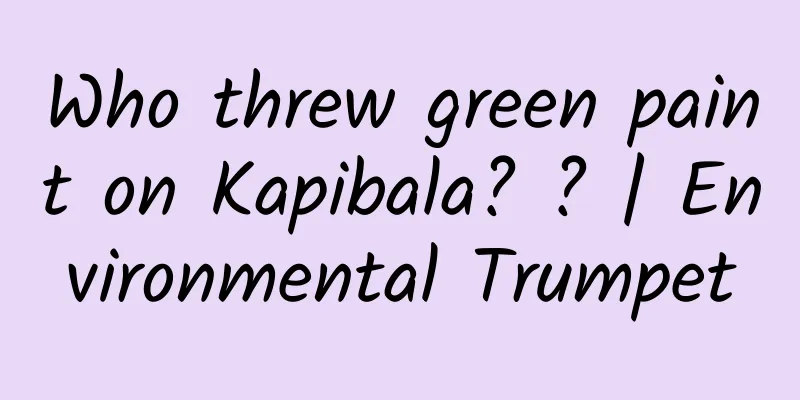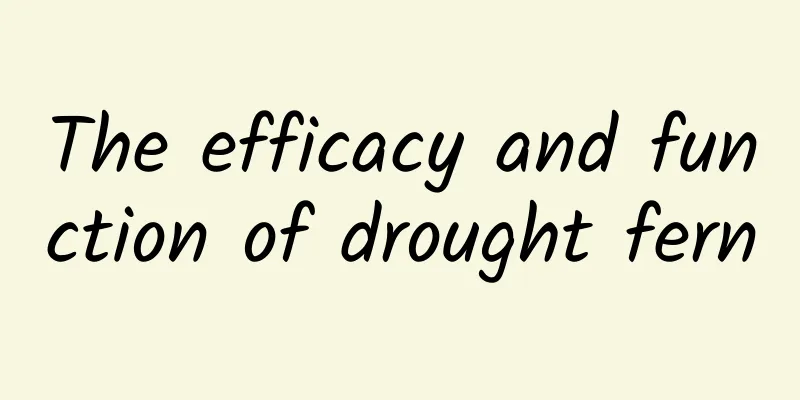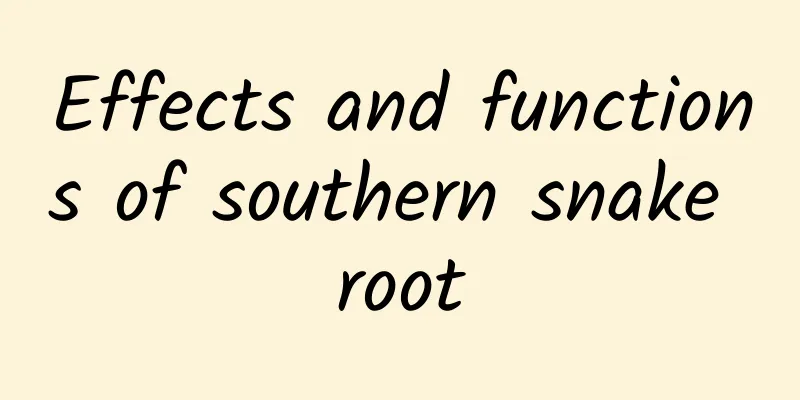The efficacy and function of Hubei Begonia

|
Hubei Begonia is a relatively familiar traditional Chinese medicine. It has many benefits for our body. If we want to consume it correctly in our lives, we need to have some understanding of Hubei Begonia. Let’s take a look at it below. 【English Name】 Leaf of Hupeh Crabapple [Source] Medicinal material source: the young leaves and fruits of Malus hupehensis, a plant of the Rosaceae family. [Original form] Hubei crabapple, a tree, up to 8m tall. The twigs are purple to purple-brown, initially with short soft hairs that fall off later. Simple leaves are alternate; petioles are 1-3 cm long; stipules are linear-lanceolate and fall off from time to time; leaf blades are ovate to ovate-elliptical, 5-10 cm long, 2.5-4 cm wide, with fine and sharp serrations on the edges, with sparse short soft hairs when young, which fall off soon and are often purple-red. Flowers bisexual; umbel, with 4-6 flowers, pedicels 3-6cm long, glabrous or slightly pubescent; pollen white or nearly white, 3.5-4cm in diameter; calyx 5, lobes triangular-ovate, acuminate or acute, about the same length as the calyx tube or slightly shorter; petals 5, obovate; stamens 20; styles 3, rarely 4, with long pubescence at the base. The pear fruit is oval or nearly spherical, about 1 cm in diameter, yellow-green with a slight blush, and the calyx lobes fall off; the fruit pedicel is 2-4 cm long. The flowering period is April-May, and the fruiting period is August-September. [Habitat distribution] Ecological environment: Grown on hillsides or valley jungles at an altitude of 50-2900m. [Properties] Identification of properties: the leaves are ovate or ovate-elliptical, 5-10cm long, 2.5-4cm wide, with acute or acuminate apex, rounded or broadly cuneate base, finely serrated edges, glandular dots at the tooth ends, grooves below the main vein, young leaves covered with fine hairs, 2 stipules, lanceolate. Leathery. It has a faint smell and tastes slightly bitter and astringent. [Chemical composition] The leaves contain phloretin-2-glucoside, catechin, epicatechin and trace amounts of flavonol-3-glucoside. 【Nature and flavor】 Sour; neutral 【Functions and indications】Dissipates accumulation and resolves stagnation; soothes the stomach and strengthens the spleen. Stagnation of staple food; indigestion; dysentery; malnutrition [Usage and Dosage] For internal use: decoct in water, 60-90g of fresh fruit; or take appropriate amount of young leaves and make tea. [Discussions by various scholars] "Xinhua Compendium of Materia Medica": Fruit; used as medicine instead of hawthorn. 【Excerpt】 Chinese Materia Medica From the above introduction, it is not difficult to see that Hubei crabapple has many functions. People in daily life can eat Hubei crabapple in appropriate amounts according to their physical conditions. After a period of time, your physical condition will be greatly improved. |
<<: The efficacy and function of Hubei Rehmannia
>>: The efficacy and function of Huanghuamu
Recommend
The efficacy and function of white cardamom shell
In today's society, health preservation seems...
What are the effects of drinking water with Scrophularia?
Friends who are familiar with traditional Chinese...
This is the first time a human probe has been so close to the sun! Why hasn't it melted?
Produced by: Science Popularization China Author:...
The efficacy of American ginseng and Ophiopogon japonicus soaked in water
Eating more American ginseng is beneficial to us ...
The efficacy and function of wild hawthorn
Chinese medicine has different effects on our bod...
Ten years of hard work? The first manned flight of the Starliner spacecraft is delayed again
Boeing's Starliner spacecraft was originally ...
Super bacteria are not "hexagonal warriors", their fatal weakness is... | Technology Weekly
Compiled by Zhou Shuyi and Pingsheng In this &quo...
The efficacy and function of toad liver
Speaking of toad liver, I believe many friends kn...
Side effects of long-term use of milk thistle
Milk thistle, also known as silybum, solvent gras...
Luffa vine for sinusitis
Sinusitis can cause postnasal discharge, general ...
Recently popular! Some netizens got "poisoned" after eating it... Southerners should pay special attention
Recently, it is the season for cassava to be put ...
What Chinese medicine is best for treating gastritis?
Gastritis is mainly divided into acute gastritis ...
The efficacy and function of water chestnut shell
In fact, the occurrence of many human diseases is...
Do animals have free will? You can find out at this free zoo
If there's anything better than a professiona...
The world's most powerful laser is activated! What is chirped pulse amplification technology?
The world's most powerful laser is activated!...









